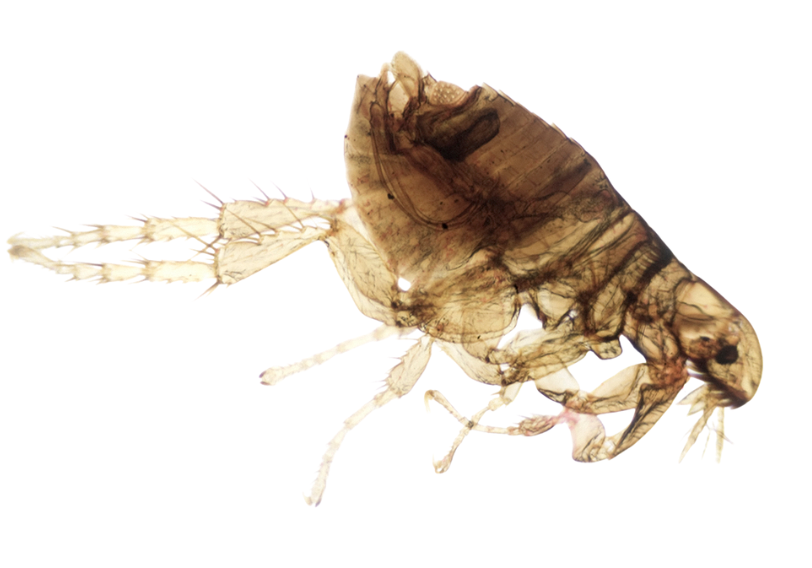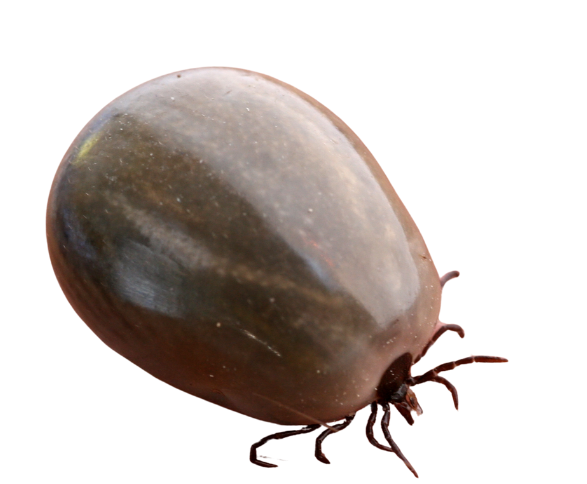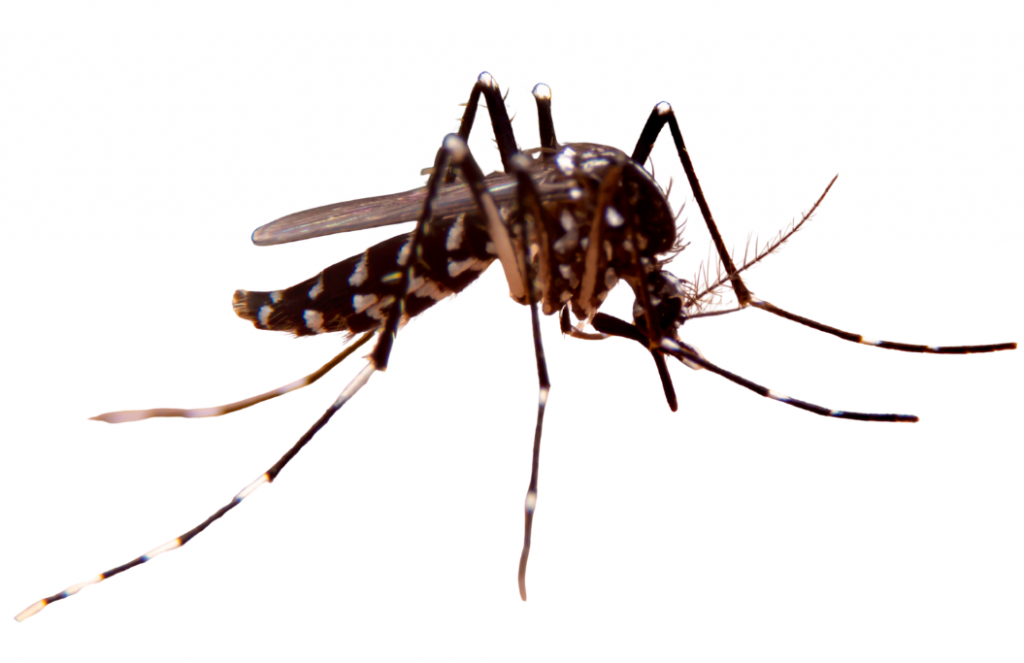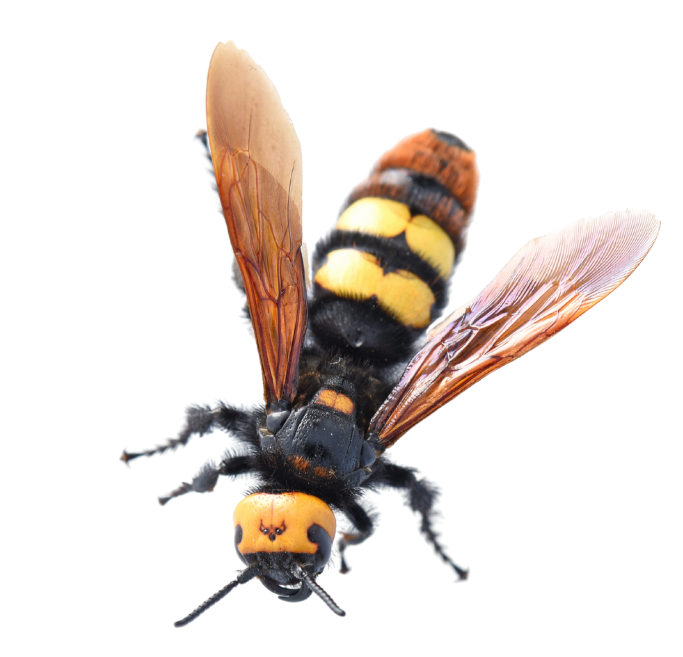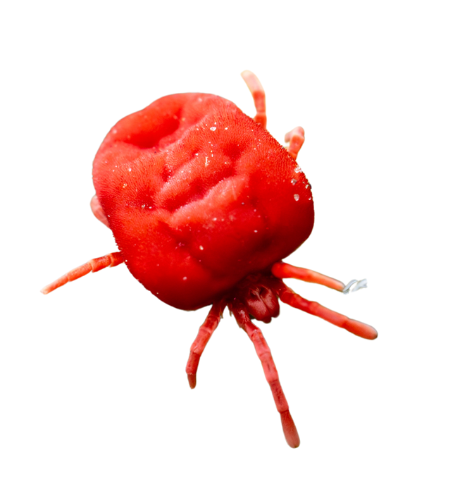5 Common Bug Bites on Dogs and How to Identify Them?
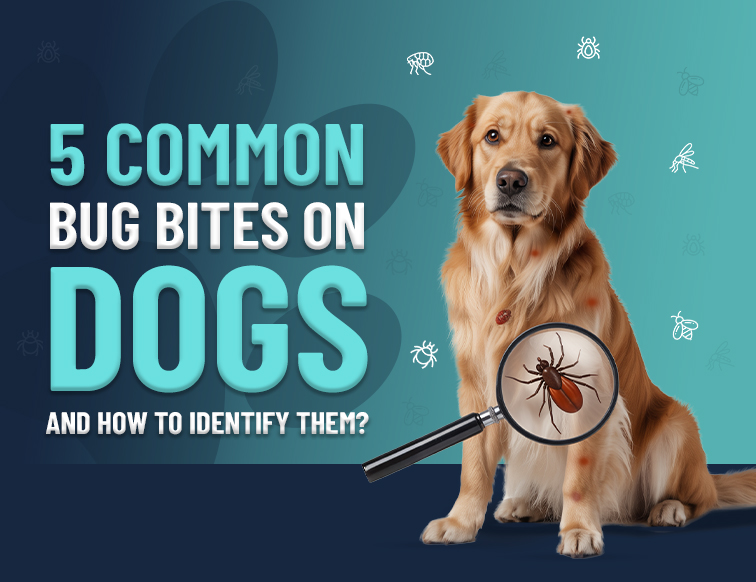
Do you also look at those tiny insects with a feeling that these little creatures cannot harm your beloved companion? Unfortunately, that’s not the case! Although bugs seem like flying toys to dogs, they can be mighty dangerous and may lead to harmful diseases if left unattended. Therefore, preventing these small bugs is paramount to keeping your little bundle of joy hale and hearty.
Read on to learn everything about common bug bites, how to identify them and ways to keep them away from your canine. Let’s begin!
Understanding 5 Common Bug Bites on Dogs
Let’s have a look at 5 common bugs that affect dogs, their symptoms, identification and tips to prevent them:
Fleas
Identification: Fleas are small, brown colored parasites that jump on a dog and feed on their blood. A flea bite on a dog can cause discomfort, hair loss, dermatitis, etc. Fleas thrive in warm and humid temperatures, multiply quickly and usually hide in yards, beddings, furniture, etc. On dogs, fleas are commonly found on the lower back, tail and hind legs.
Symptoms: Dog flea bite symptoms include red & inflamed skin, constant scratching, excessive licking or biting, lethargy, loss of appetite and the presence of black specks on the coat.
Prevention: Flea prevention treatments are available in various forms, including oral, topical, collar, etc. that keep fleas away from your pet. Additionally, keeping your home clean, regularly vacuuming the beddings and considering a pest-control treatment for your home can be helpful in preventing fleas.
Ticks
Identification: Ticks are tiny, blood-sucking, eight-legged parasites that tend to hide inside the tall grass, wooded areas and bushes. They get attached to the pet’s skin during their outdoor time, transmitting harmful diseases, including Lyme Disease, Rocky Mountain Spotted fever, Ehrlichiosis, etc. Ticks are most active during the summer season. Once attached to a dog, they can be easily found around the ears, groin, neck, feet and head.
Symptoms: A tick bite on a dog can cause various symptoms, including fatigue, muscle ache, fever, circular red or inflamed area and black spots on the skin.
Prevention: Administering year-round tick prevention treatments is one of the best ways to keep your canine companion protected from these critters. Moreover, check your dog for ticks after their walks and if you find one, remove them immediately with a tick-removal tool or tweezers. Monitor your pet for any signs of infections.
Mosquitoes
Identification: Mosquitoes are flying insects that cause the same sensation in dogs as in humans after biting. Areas with less fur, such as the belly, around the ears, inner legs and groin, are more susceptible to mosquito bites. Sometimes, mosquito bites on dogs can lead to allergic reactions, while an infected mosquito can cause the deadly heartworm disease. Mosquitoes are mostly active during the dusk and dawn and are found near contaminated water, in gardens or around wooded areas.
Symptoms: Mosquito bites can cause irritation, scratching, chewing and red welts on the dogs’ skin. The signs of heartworm disease in dogs include fever, decreased appetite, coughing, vomiting and breathing difficulty.
Prevention: Using a bug repellent, preventing your dog from going out during peak hours and keeping your environment clean can help prevent mosquitoes from attacking your pet. Make sure to keep your dog on heartworm preventive after consulting a vet to ensure complete protection.
Bees/Hornets/Wasps
Identification: Bees, hornets or wasps are small, stinging insects that cause significant pain when they bite your dog. These insects can cause allergies and unexpected pain that can make your dog cry out loud. They are most active during the warmer months and remain hidden in nests, trees, buildings or under the ground.
Symptoms: Limping, sudden licking, swelling & redness at the sting site, excessive itching, vomiting, etc., are some common symptoms caused by bee bites.
Prevention: Keeping your yard and surroundings clean, staying away from bee hives and applying an ice-pack on the affected area to reduce pain and swelling are some of the best ways to prevent bee stings on dogs.
Mites
Identification: Mites, including sarcoptic mange and demodex mites, are microscopic creatures that can be easily transmitted to other animals as well as humans. They burrow deep into the dog’s skin, leaving patches on the affected area and causing the fur to fall out.
Symptoms: Mites can cause inflammation, hair loss, skin lesions, intense itching, excessive scratching and redness on the affected area.
Prevention: The best way to keep mites away from your dog is by avoiding contact with other affected animals, regularly cleaning their beddings and maintaining proper hygiene by trimming the hair and giving weekly baths.
Keep Your Pooch Safe & Healthy
Bug bites on dogs can be dangerous if left unattended. Fortunately, with the right information and appropriate prevention measures, you can easily tackle them and keep your little one in good trim. Educate yourself with the information provided in this blog so that you can identify common bugs, their symptoms and hiding patterns to ensure the vitality and longevity of your furry friend. Keep an eye on your dog when outside, administer year-round flea and tick prevention treatments, check for insect bites on your dog’s skin and seek veterinary attention if you notice any unusual signs to keep your pooch safe and healthy in the long run.

